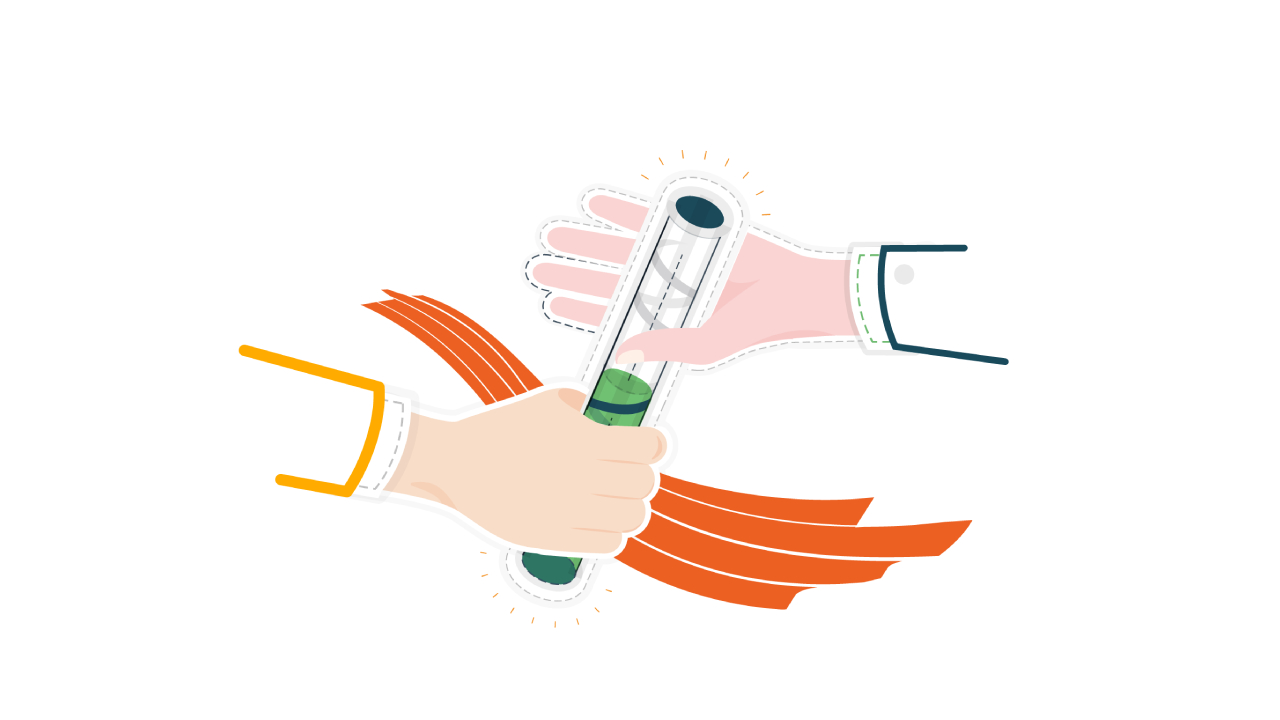What does using social recognition software say about your business?
A recent study by LinkedIn has found that 32% of employees who recently left a job did so because their contribution was not recognized. This is not fresh news, of course, there is much research supporting the business case for ensuring employees feel appreciated for their efforts. Increased engagement, higher productivity and greater retention are just some of those benefits.
However, much less has been noted about the specific benefits social recognition offers when compared to more traditional employee recognition methods.
Here are four things that “going social” with your employee recognition program signals to everyone connected to your organization, including customers, current and future employees.
You trust your employees
If social recognition signals one thing more than anything else, it is that you trust your employees. In adopting social recognition, leadership teams are putting a significant part of the organization’s performance conversation in the hands of employees. What does that look like in practice? Well, put simply, you are trusting employees to observe the strengths of others, who and what to recognize, what to say, how to say it, and a greater understanding of company goals and values are just some of the areas your company is demonstrating trust in its employees.
For a growing number of organisations, this level of trust also extends into the distribution and understanding of reward, with most SaaS platforms providing the functionality that enables employees to manage their own budgets, and to give reward. Is this a bold shift in the way you currently see employee recognition working in your business?
Well, believe it or not, most organizations started out with the same reservations, however at the same time every organization is trying to boost engagement by providing ways to give employees greater autonomy and responsibility over their daily work. And if you can’t make a business case for doing that with an area of your organisation that is 100% dedicated to positivity, where else can you?
You understand the value of transparency
Every organization is striving for greater transparency. The internet has created a world where both consumers and employees expect detailed information on how and why decisions are made. Social recognition has provided organizations with a platform to “open up” the performance conversation; showing who has been recognized, what they achieved, what was said, who took notice, and critically, what some employees and managers have not said or noticed.
Not only does a more transparent approach to employee performance create a much greater sense of fairness and empowerment for employees, it creates a forum where employees and managers can see and learn what is happening across the organization, and how their contribution has made a difference.
This level of transparency can also have a powerful impact on the overriding organizational culture. In fact, leaders who practice transparency and positivity are seen as more trustworthy and more effective by their teams.
You see the benefits of employee expression
As HR teams seek ways to increase employee engagement, one of the fundamental requirements is ensuring personal identity and individuality is celebrated. Employee recognition has historically contributed nothing to this key engagement factor and, if anything, has undermined it.
This is because one of the main problems with traditional recognition methods was the lack of perspective. Recognition flowed down an organization with managers often having to follow the party line on who and what was worthy of recognition. Social recognition has changed all of that by making recognition a matter of perspective, for everyone.
Read more: Social Recognition – Positive Expression v Hierarchy
This change is one of the primary drivers of the growth seen in social recognition software. The organizations who were the early adopters, now see the idea of not “allowing” everyone to express themselves positively, and recognize others, as outdated. These organizations are seeing other significant benefits to embracing employee expression within their employee recognition strategy. Benefits such as greater employee authenticity, a much broader understanding of individual performance and its alignment with company values, whilst also significantly reducing HR overhead and communication costs thanks to high employee adoption.
You see contribution as a key to engagement
As organizations embrace progressive employee engagement strategies that create the space to put employees first, the dynamic of how we work, and our attitude towards work are changing. This can be understood by observing the immediate impact of addressing some of the most prominent engagement issues of the day. Problems such as a lack of personal expression, limited feedback opportunities, a dislike for a strong sense of hierarchy and a desire for a more collaborative working environment, all create an increased expectation and need for employees to participate more than ever before.
To enjoy the benefits of a more engaged workforce, organizations are introducing a host of software choices and resources that are all geared towards shifting the dial. Whichever area of the HR engagement arena you look at, or the providers within it, they are all modeled around achieving much greater levels of employee contribution.
Social recognition is just one of those choices. Whereas historically employee recognition was about reward, and what you received (or didn’t receive), the emphasis has changed because business changed. Social recognition is merely following the adaption we see in work today. Organizations that are adopting employee recognition software like Workstars simply see social recognition as a vehicle to stimulate and sustain high levels of positive employee contribution.


 The winning psychology of owning your mistakes and apologizing at work
The winning psychology of owning your mistakes and apologizing at work
 The invisible productivity factors
The invisible productivity factors
 How Machias Savings Bank improved employee satisfaction and increased commitment to company values
How Machias Savings Bank improved employee satisfaction and increased commitment to company values